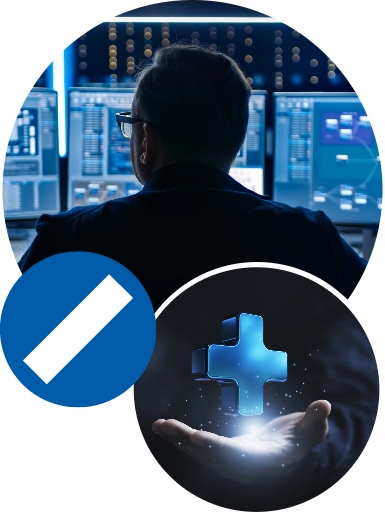A virtual image of the machine or system to be developed is created in special, powerful software. The system to be simulated is modelled realistically using engineering data from layout and electrical planning as well as 3D design data. The aim is to create a 3D simulation of the overall system with identical behaviour to the (future) real machine. Practical experience has shown that a gantry loader system, for example, can be visualised within a few days, as an interactive 3D simulation can convey behaviour patterns much better than a stack of documents. In addition, machine processing times can be simulated, which is particularly difficult in the case of long running times in real operation. This significantly reduces misunderstandings regarding customer objectives, system behaviour and the necessary information between the customer and the engineering team. Another advantage is the unlimited availability of workpieces and material containers, as these are often not available in the real world, which means that a complete performance test is only possible in the production environment. However, it is then often difficult to find sufficient time for optimisation.
- The work steps are carried out in parallel
- From the basic concept to a detailed visualisation
- Using real control software and control systems








